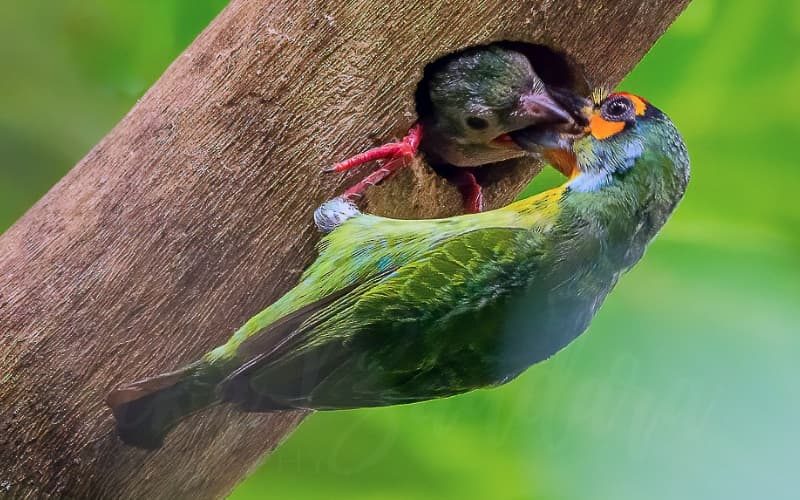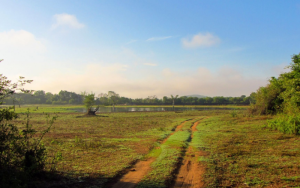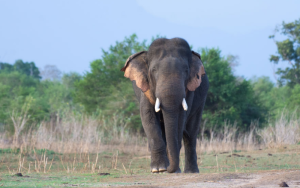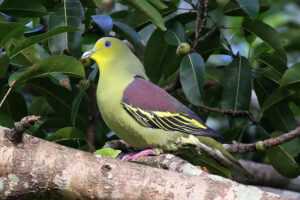About Crimson-Fronted Barbet
Birds are among the most fascinating creatures on the planet. With their diverse colors and behaviors, they never fail to captivate birdwatchers and nature enthusiasts alike. One such bird that has been gaining popularity among bird enthusiasts in recent years is the Crimson-fronted Barbet. In this blog article, we’ll take a closer look at this stunning bird and learn more about its habitat, diet, behavior, and conservation status.
Description and Habitat of Crimson-Fronted Barbet
The Crimson-fronted Barbet (Megalaima rubricapilla) is a medium-sized bird that is native to Sri Lanka. It has a distinct crimson forehead and crown, with a greenish-yellow body and a red patch on its throat. Its beak is thick and curved, perfect for cracking open nuts and fruits. These birds are found in primary and secondary forests, as well as gardens and parks, where they feed on fruits, insects, and nectar.

Behaviour of Crimson-Fronted Barbet
Crimson-fronted Barbets are social birds that are often seen in pairs or small groups. They communicate with each other through a series of calls, including a loud “tuk-tuk-tuk” that is often used to establish territory. They are known for their acrobatic abilities, and can often be seen hanging upside down from branches as they search for food.
Where Can You Find Crimson-Fronted Barbet
- Kitulgala Forest Reserve
- The Peak Wilderness Reserve
- Bodhinagala Forest Reserve
- Morapitiya Forest Reserve
- Sinharaja Rain Forest
- Kanneliya Forest Reserve
- Hiyare Forest Reserve
Conservation Status
The Crimson-fronted Barbet is currently listed as a species of least concern on the IUCN Red List. However, like many other bird species, it is threatened by habitat loss due to deforestation and the expansion of agriculture. The conservation of these birds requires the protection of their natural habitats, as well as the education of local communities about the importance of preserving these habitats.
Conclusion
The Crimson-fronted Barbet is a beautiful and fascinating bird that is a joy to observe in the wild. Its unique appearance, behavior, and vocalizations make it a favorite among bird enthusiasts. As we continue to learn more about these birds, it is important that we take steps to protect them and their habitats for generations to come.











